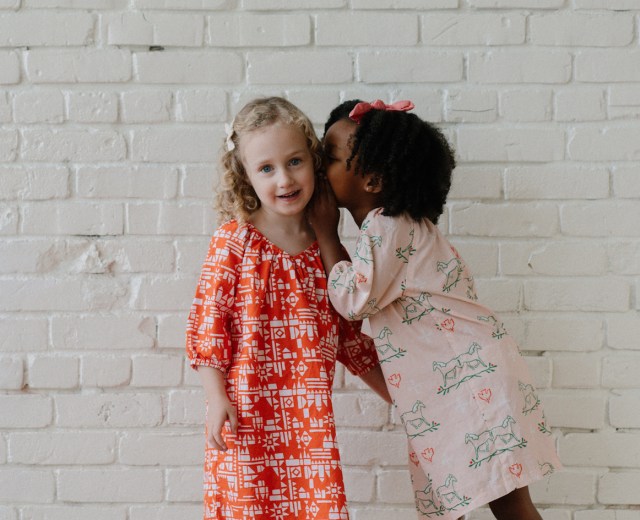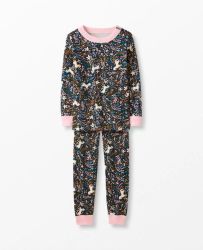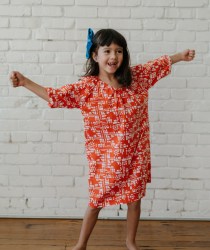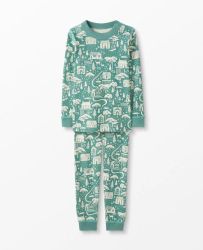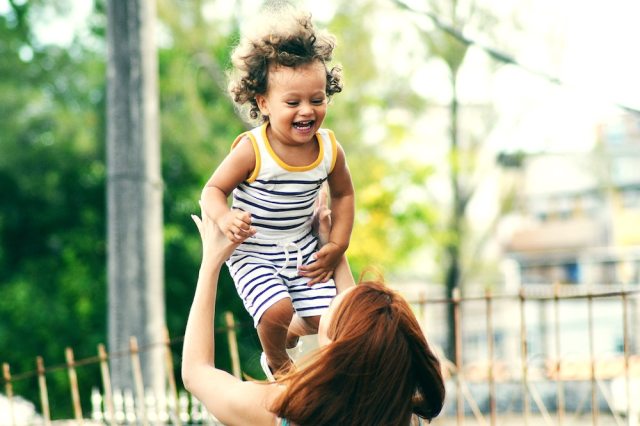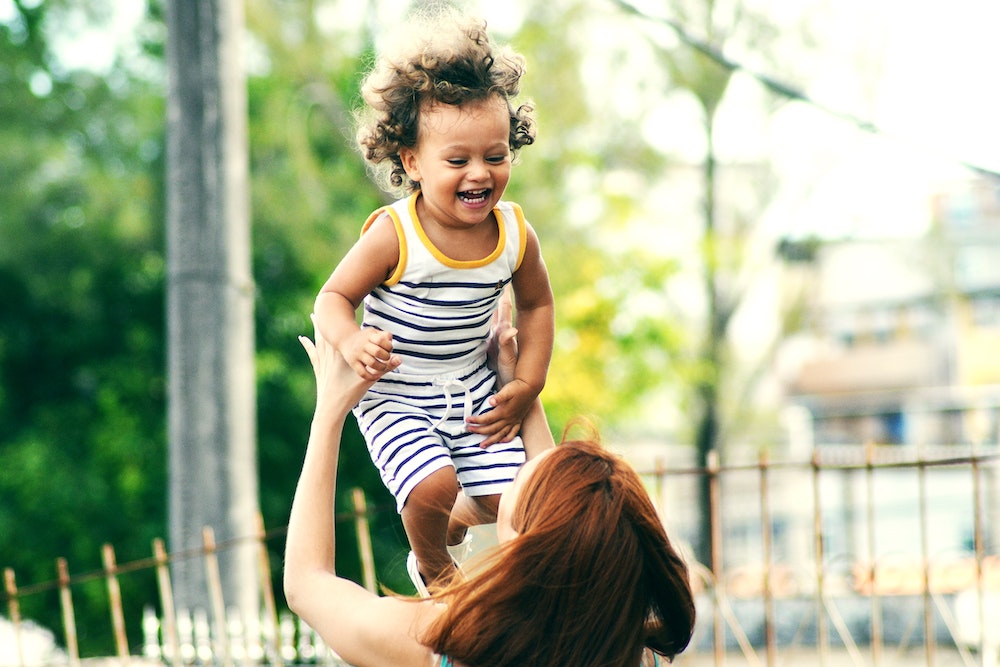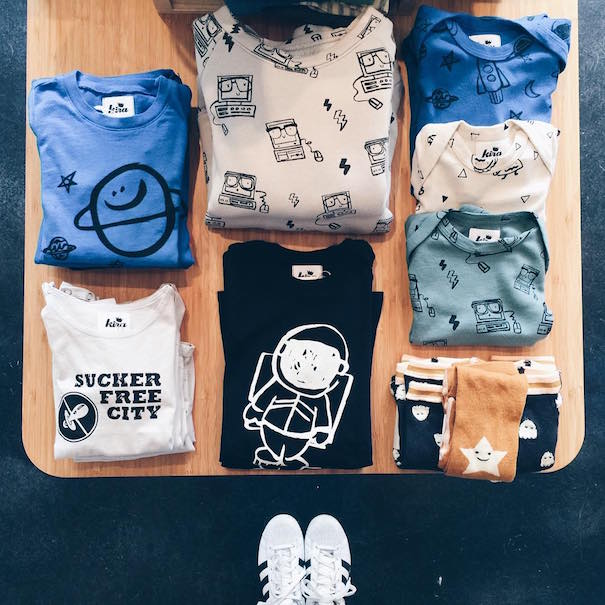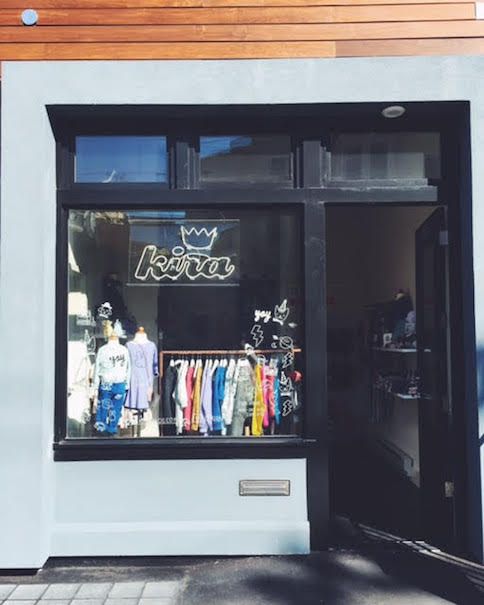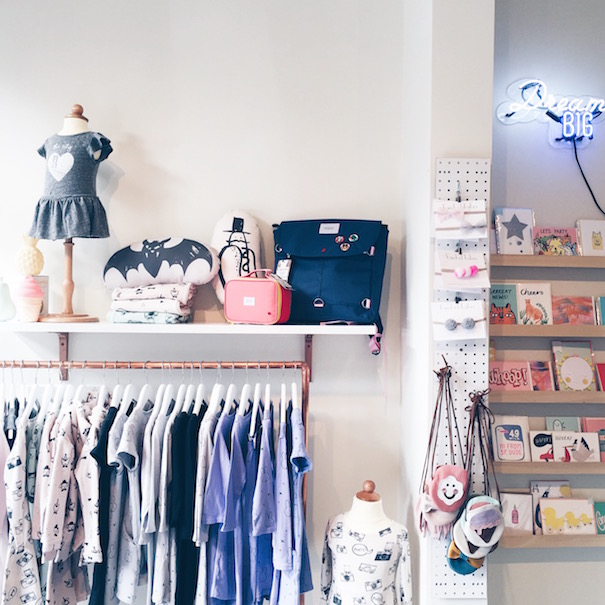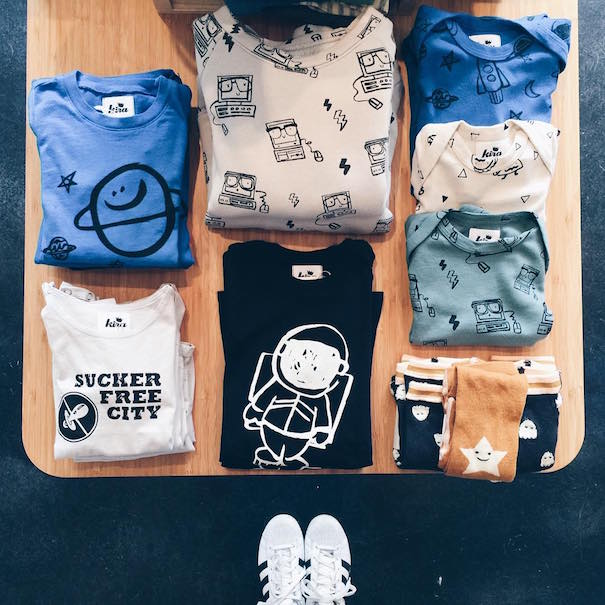If you’ve birthed a baby past age 35, you’ve undoubtedly heard the super-flattering phrase “advanced maternal age.” (Don’t even get us started on the “geriatric pregnancy” label.) While these terms may not give you the warm fuzzies, we’re here to share the good stuff about taking on parenthood later on. Sure, it may come with a few extra fine lines here and there, but it has compelling benefits too. Read on to find out why being an older mom is the bomb.
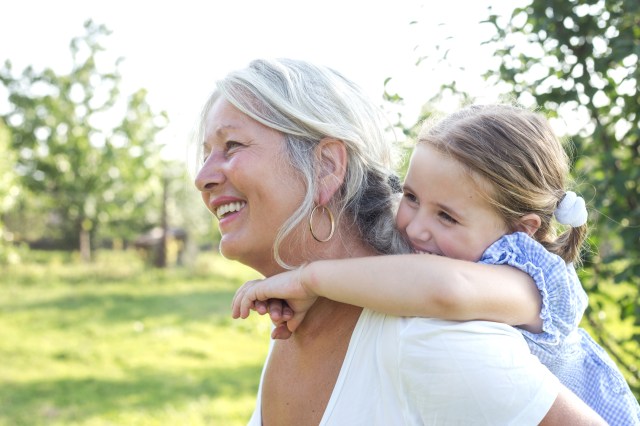
1. You make the most of the moments.
If you have more than a few years of adulthood under your belt, you’ve undoubtedly experienced the feeling of time passing more quickly. While the moments speeding by in a blur can be vexing, it also creates an acute appreciation of the preciousness of each moment. As an older mom, you tend to slow down and take it all in—to breathe in the baby smell, long and deep, to soak in those sweet smiles and linger over the crib long after baby’s fast asleep.
2. You take a relaxed approach.
The awareness of time has another effect as an older mom: recognizing that milestones don’t need to be met in a rush. As an older mom, you will likely be more comfortable easing up on expectations. Rome wasn’t built in a day, and weaning a baby off of a bottle or potty training doesn’t have to happen overnight either.
3. Confidence comes more naturally.
While having a baby in your later years may mean you do it with a few gray hairs, it also comes with an extra dose of mom-fidence. You’ve released that inevitable, youthful striving after an ever-elusive image of perfection and learned to be comfortable in your own skin. You pass on the hot-button topics (breast or bottle? Co-sleeping or not?) and settle into a routine that works for you and your baby—no explanation or apology needed.
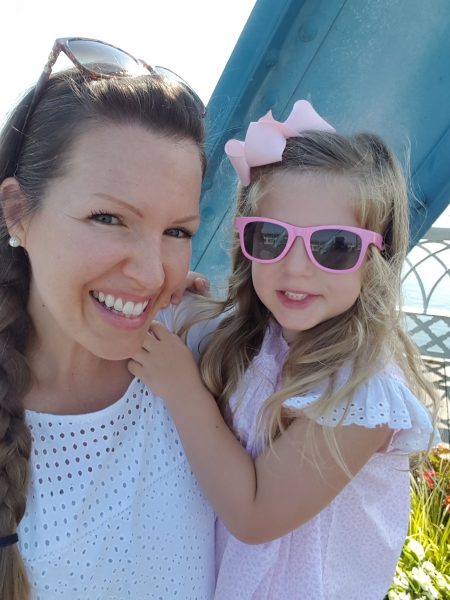
4. You have to buy less baby stuff.
If you jump on the baby train a few years after your friends and family, you may just experience a flood of hand-me-down baby clothes and gear. Many parents pack away totes of tiny jammies and stash bigger items, like a crib, stroller and highchair, away in the attic in case of a “surprise” baby scenario, but after a few years, they may be ready and willing to hand over the goods and regain their storage space. Brand new baby and a bigger wallet, what’s not to love?
5. You can skip the maternity section.
That nugget about friends and family members setting aside tiny jammies just in case? Same goes for stretchy-topped jeans and nursing tops. Besides the obvious savings, shopping for maternity clothes in a friend’s closet is way more fun than hitting up your local store anyway.
6. You don’t sweat the small stuff.
A blow-out as you’re walking out the door may set you back a few minutes, but it won’t throw your whole day out of whack. With age comes a honed ability to put things in their proper perspective. As an older mom, you may find you’re able to keep your cool when facing the everyday frustrations of life with a baby (think: nap strikes and messy meals). As you take things in stride, you and your mini-me will benefit from this more chilled-out parenting approach.
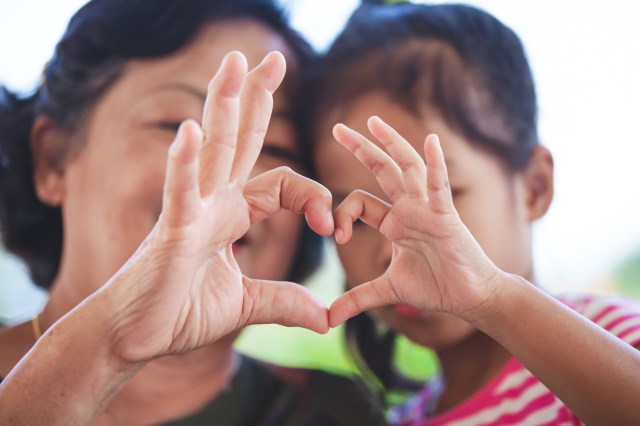
7. You’ve been around the block, and now you can show baby the way.
Being an older mom often means you’ve had the time and opportunity to explore different paths—from career choices to hobbies—and have developed your personal interests and strengths. Those added experiences will inevitably inform your motherhood and allow you to pass on that wisdom to your child's benefit. Say hello to baby Einstein!
8. You’ve been there, done that.
Having experienced a few years of adult life before baby’s arrival may help you freely focus on your baby without regret. Once you’ve checked the box next to some life goals—from career mile markers to travel aspirations—you’ll be better able to settle into the routine elements of motherhood without the FOMO that may have struck in your youth. In the same vein, if you’ve spent more than a few years with your partner during that time, your relationship will have had time to deepen and mature before baby makes three. A win-win!
9. Fewer stresses from finances.
While this doesn’t apply across the board, studies show that women who enter motherhood later on often benefit from more financial stability than their younger counterparts. This is often the result of older moms having had the chance to spend additional years developing their careers and building up a comfortable savings. This extra cushion can allow you to take more time off from work, hire help or even embrace experiences, like international travel, that may have been out of reach in your younger years.
10. Gleaning from seasoned moms is a breeze.
When you’re a young mom, getting advice from moms in your peer group can be tough, as everyone is navigating new waters. But when you experience motherhood for the first time a bit later in life, calling your crew to get the low-down on anything from sleep training to the best baby sunscreen will easily yield tried-and-true advice.
—Suzanna Palmer
RELATED STORIES:
Hang in There: 25 Things New Moms Need to Hear
21 Things You’ll Think as a New Mom
Self-Care & Survival Strategies: 3 Books All New Moms Should Read





